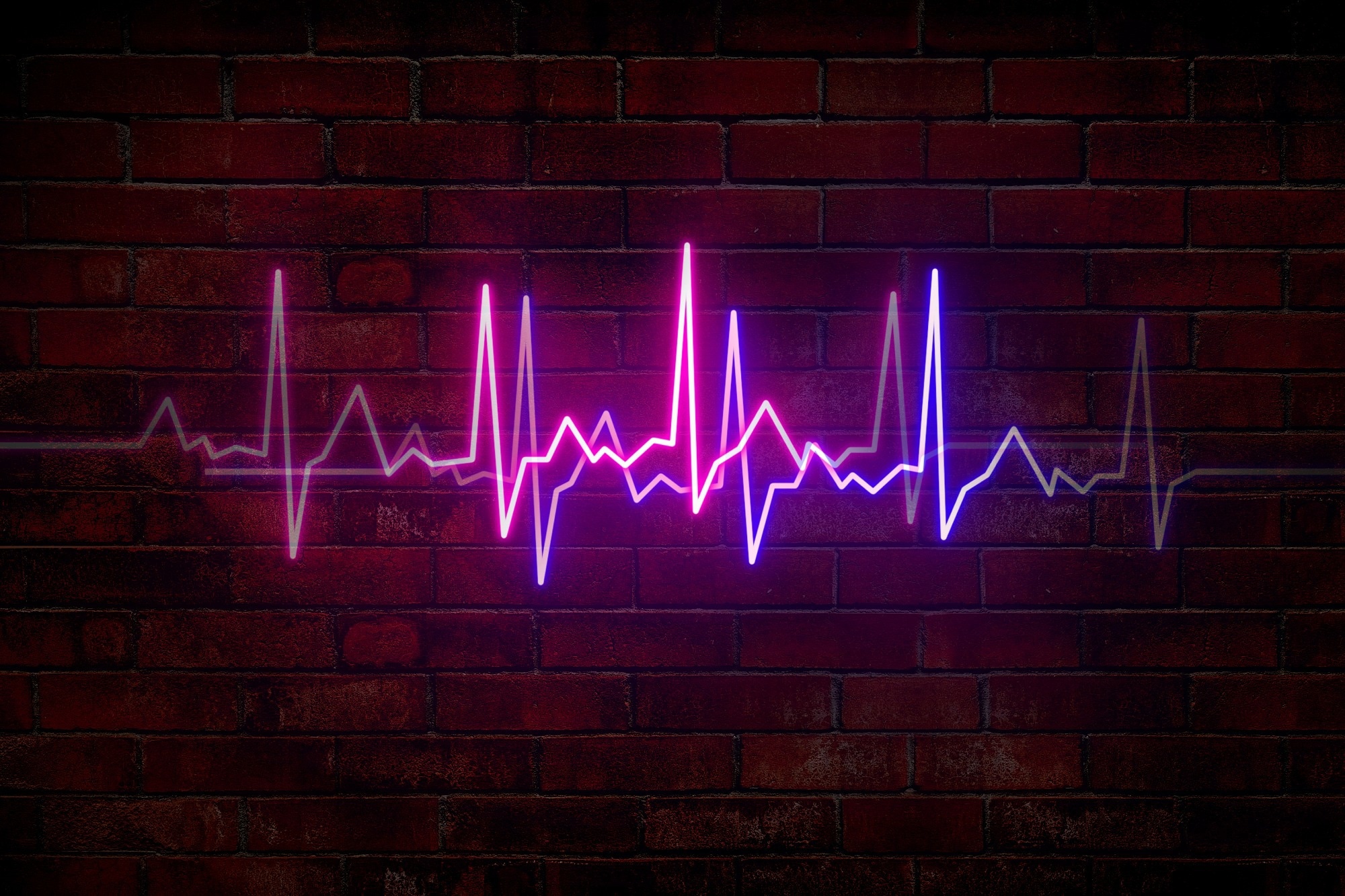Brazilian researchers reveal that even mild cases of COVID-19 can temporarily reduce heart rate variability, with stress on the autonomic nervous system lasting up to six months—especially in older individuals.
 Study: Impact of COVID-19 on heart rate variability in post-COVID individuals compared to a control group. Image Credit: Swetochka / Shutterstock.com
Study: Impact of COVID-19 on heart rate variability in post-COVID individuals compared to a control group. Image Credit: Swetochka / Shutterstock.com
Several studies have reported that the coronavirus disease 2019 (COVID-19) can lead to heart rate variability (HRV), with the intensity of these symptoms directly related to infection severity. Despite these observations, it remains unclear whether the time after infection may similarly influence HRV variables.
A recent Scientific Reports study determines the impact of mild COVID-19 on HRV.
About the study
The current cross-sectional study was conducted at the Universidade Ceuma and Universidade Federal de São Carlos in Brazil. Herein, the researchers hypothesized that individuals previously infected with the severe acute respiratory syndrome coronavirus 2 (SARS-CoV-2), the virus that causes COVID-19, experienced reduced HRV with sympathetic predominance during the early stages of infection.
Individuals 18 years of age and older who previously tested positive for COVID-19 based on the reverse transcription-polymerase chain reaction (RT-PCR) assay results between November 2020 and September 2023 were included in the analysis.
All study participants experienced mild COVID-19 symptoms, such as cough, sore throat, diarrhea, vomiting, loss of taste and smell, muscle pain, fever, malaise, and headache, and did not require hospital care. Those with a history of moderate, severe, or critical COVID-19, illicit drug use, pregnancy, uncontrolled diabetes mellitus, cardiovascular disease, or chronic pulmonary disease were excluded.
Group 1 (G1) included individuals who were assessed within six weeks after testing positive for COVID-19 and completed the isolation period. Group 2 (G2) comprised study participants who were evaluated between two and six months after infection. Group 3 (G3) included individuals who were evaluated between seven and twelve months after infection.
The control group (CG) included study participants who were recruited before the COVID-19 pandemic and were part of a pre-existing laboratory database. None of the healthy control participants had a history of respiratory, cardiovascular, metabolic, neurological, and/or systemic diseases, nor did any CG participants smoke, experience inflammation or pain of any nature.
Study findings
A total of 130 individuals were included in the current study, with 31, 34, 30, and 35 study participants stratified into CG, G1, G2, and G3, respectively. Each group comprised individuals with similar age, body mass, and height, and were without cognitive deficiency.
Baecke’s questionnaire demonstrated that individuals belonging to all groups had a similar level of physical activity.
As compared to other groups, G1 had a higher rate of hypertensive and obese individuals at a prevalence of 35% and 41%, respectively. G2 had a greater proportion of dyslipidemic, with a representation rate of 27%. G1 had a higher prevalence of unvaccinated study participants, as well as those with self-reported symptoms, such as fatigue, ageusia, cough, headache, and anxiety.
When analyzed by time and frequency, linear HRV measurements were lower in G1 and G2 as compared to CG. This observation suggests possible autonomic imbalance in G1 and G2, along with sympathetic predominance and/or reduced parasympathetic activity.
The non-linear analysis also indicated a higher level of regularity or complexity in the HRV signal. The multiple linear regression model findings revealed that both age and infection duration were significant predictors for root mean square of successive differences (RMSSD) of HRV in a time-domain measure and standard deviation of 1 (SD1) for short-term HRV.
Among both G1 and G2, reduced parasympathetic activity was observated as compared to CG, thus implying increased stress or sympathetic dominance in these groups. Comparatively, G3 had higher RMSSD and high-frequency power, the latter of which reflects parasympathetic modulation.
All groups exhibited reduced parasympathetic activity, as demonstrated by reduced HF, as compared to CG; however, only G1 reported a significant reduction in absolute HF power. Thus, G1 likely experienced the most significant reduction in parasympathetic tone.
Low-frequency (LF) power, which is higher during periods of increased sympathetic dominance, was higher in G1 and G2 than CG. Comparatively, G3 exhibited reduced LF and LF/HF ratio, thus indicating a possible recovery or protective effect at this time point following the initial infection with SARS-CoV-2.
Age was significant factor for standard deviation of normal-to-normal (SDNN) intervals. Whereas hypertension, BMI, and dyslipidemia were non-significant in all models, stress was identified as an important negative predictor.
The recovery time since diagnosis and the patient’s age influenced recovery from HRV, thus implying a transient effect of COVID-19 on the autonomic nervous system.
Conclusions
Individuals who have recovered from SARS-CoV-2 infection were more likely to experience decreased HRV and greater sympathetic expression as compared to healthy controls. Time since infection and age were identified as the two important predictors of HRV recovery.
In the future, robust longitudinal clinical trials are needed to validate these observations.
Journal reference:
- Darlan, A., Marinho, R. S., Dourado, I. M., et al. (2024). Impact of COVID-19 on heart rate variability in post-COVID individuals compared to a control group. Scientific Reports 14(1), 1-16. doi:10.1038/s41598-024-82411-w